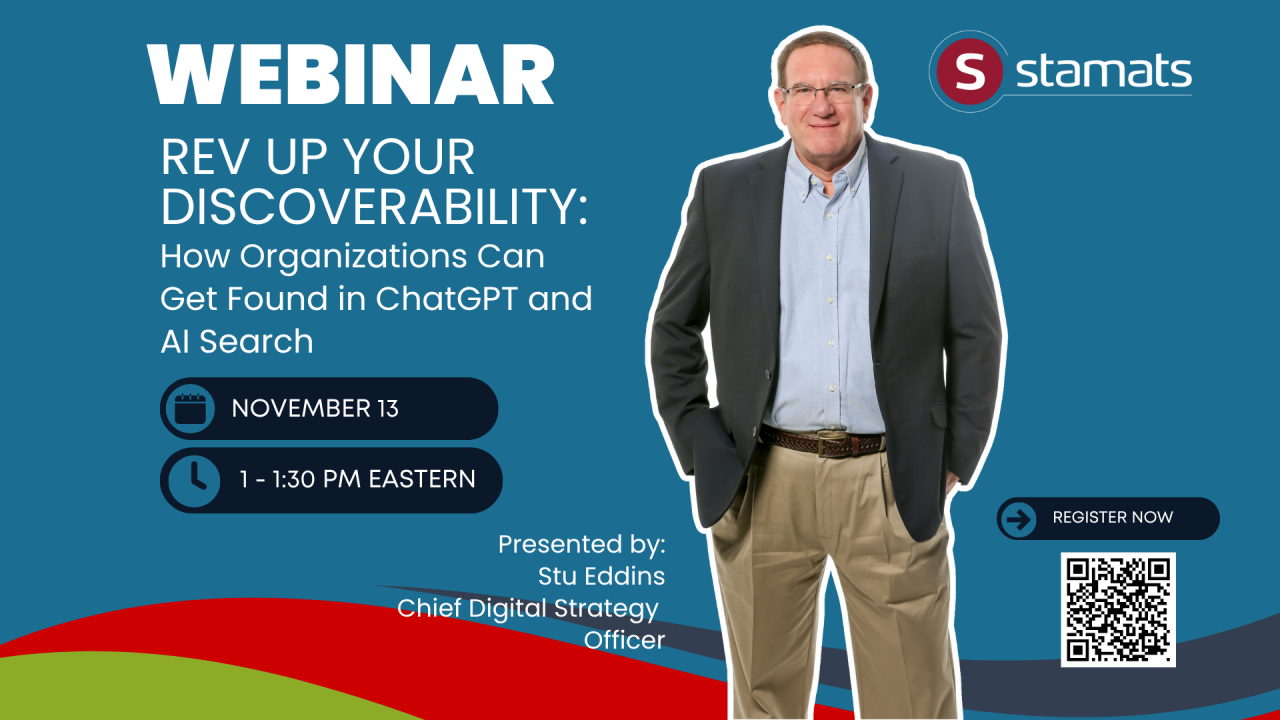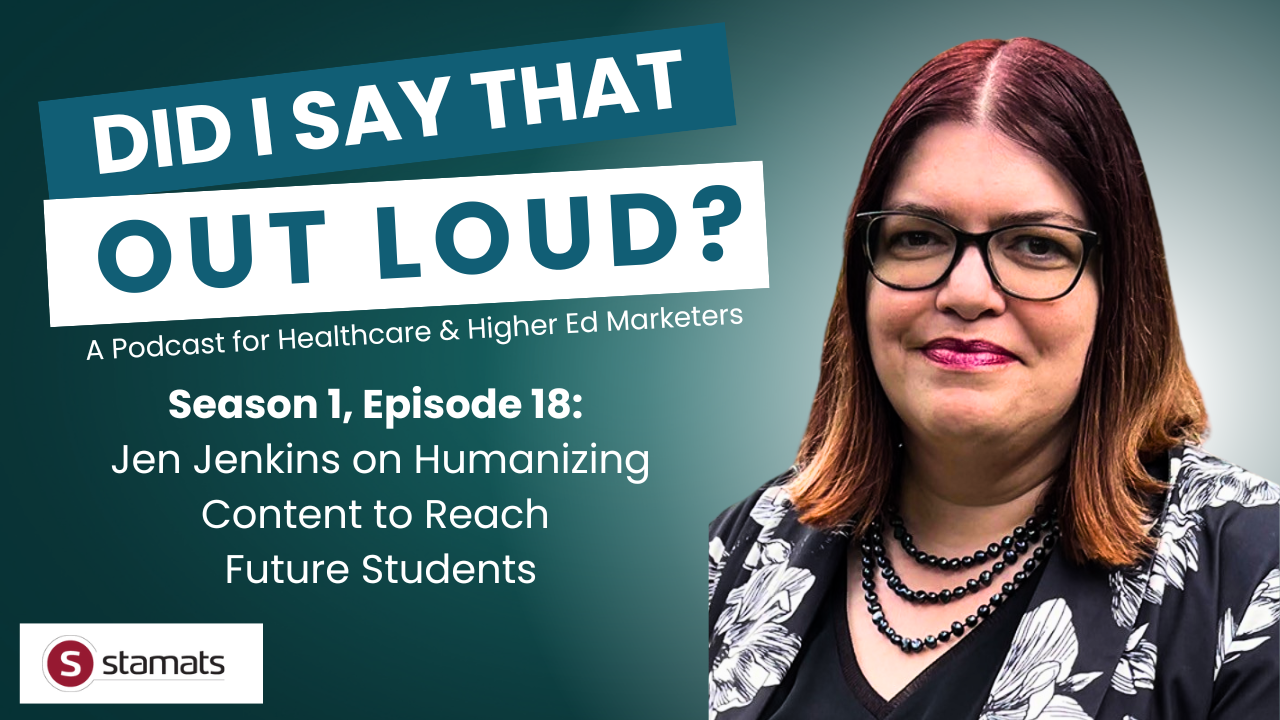Written by
on

In the next decade, higher education will face a significant drop in traditional-aged students.
According to WICHE’s Knocking at the College Door report, the number of high school graduates in the U.S. is projected to peak at about 3.9 million in 2025, then decline by 13% by 2041. In some regions, the decline will reach 32%.
The average student applies to about five to eight different schools, which means enrollment professionals are competing for attention from the moment an inquiry is submitted.
With fewer prospective students and more alternative education paths competing for their attention, institutions must move quickly to engage and guide each prospect. To convert more inquiries into enrollments, higher-ed pros need a nurture strategy that builds relationships, personalizes outreach, and keeps prospective students engaged at every stage.
Stamats hosted a webinar with Senior Director of Digital Strategy, Lisa Starkey-Wood. Lisa shared five practical ways to improve prospect nurturing, from what to do the moment a student clicks submit to how to maintain interest after acceptance.
1. Day Zero Matters: Respond Right Away
When a student submits a request for information form, the institution’s response time shapes their first impression. Delayed follow-up can quickly cause interest to fade.
Strong first responses include:
- A thank-you page confirming the form submission.
- Next steps like “Schedule a visit” or “Explore programs.”
- An email from an admissions counselor within hours.
The University of Southern Maine connects students with their assigned admissions counselor the same day they inquire. Thank-you pages and emails are customized by location, sharing Maine residents’ tuition details, New England students’ regional discounts, and out-of-state students’ scholarship opportunities.
2. Match the Message to the Moment
Prospective students are not all at the same stage. A first-year prospect has different needs than a transfer student or an adult learner. An accepted student requires a different approach than someone who just submitted an inquiry.
Segmenting communications by stage and student type ensures that messages are timely and relevant:
- Inquiries → Focus on building interest and answering broad questions.
- Applicants → Confirm receipt, share missing items, and encourage completion.
- Accepted students → Showcase campus life, introduce future classmates, and guide them toward deposit deadlines.
Institutions using this approach report stronger engagement at each stage, as students receive information designed for their specific needs.
3. Mix Up Communication Channels
Students consume information in different ways. Relying on a single channel risks missing opportunities to connect. An effective multi-channel approach may include:
- Email for updates and stories.
- Text for reminders and deadlines.
- Direct mail for households and families.
- Phone calls for milestone moments, such as delivering an acceptance.
Strategically spacing these touchpoints keeps messages visible without overwhelming prospects. Colleges coordinating email, direct mail, and SMS campaigns report higher open house attendance and more completed applications by timing messages intentionally.
4. Make Communication Personal
Generic messages blend into the background. Communication that reflects a student’s intended major, timeline, and goals commands attention. Personalization can include:
- Addressing cost, flexibility, or career outcomes.
- Referring to a student’s intended program in outreach.
- Aligning ad copy with landing page content for a seamless experience.
Owens Community College focused an adult learner campaign on flexibility, career growth, and short timelines, leading to a 74% increase in non-traditional enrollment.
Its “visiting student” campaign shifted from a generic web page to a conversion-focused landing page with targeted messaging, producing a 163% increase in conversions and a 13% boost in enrolled students.
5. Maintain Excitement After Acceptance
An acceptance letter is not the end of the process. Students may still compare offers and receive outreach from competitors. Post-acceptance engagement strategies include:
- Student ambassador stories and testimonials.
- Retargeting ads highlighting deposit deadlines.
- Opportunities to connect with future classmates.
- Faculty outreach to build program-specific excitement.
University of Southern Maine combined retargeting, email, and high-touch outreach to accepted students, yielding 70+ additional first-year students.
Fox Valley Technical College re-engaged stop-outs and purchased lists through multi-channel campaigns, generating 278 applications and 77 enrollments from previously inactive prospects.
Final Thoughts
The enrollment cliff is no longer a distant possibility; it’s an active challenge. Institutions that respond promptly, personalize communications, use multiple channels, and maintain engagement after acceptance are best positioned to meet enrollment goals.
These strategies are not theoretical. Colleges like the University of Southern Maine, Owens Community College, and Fox Valley Technical College have implemented them and seen measurable gains.
If your team could use a partner to build or strengthen a prospect nurturing strategy that delivers measurable results, let’s talk. Reach out to our team today and start turning more inquiries into enrollments.


